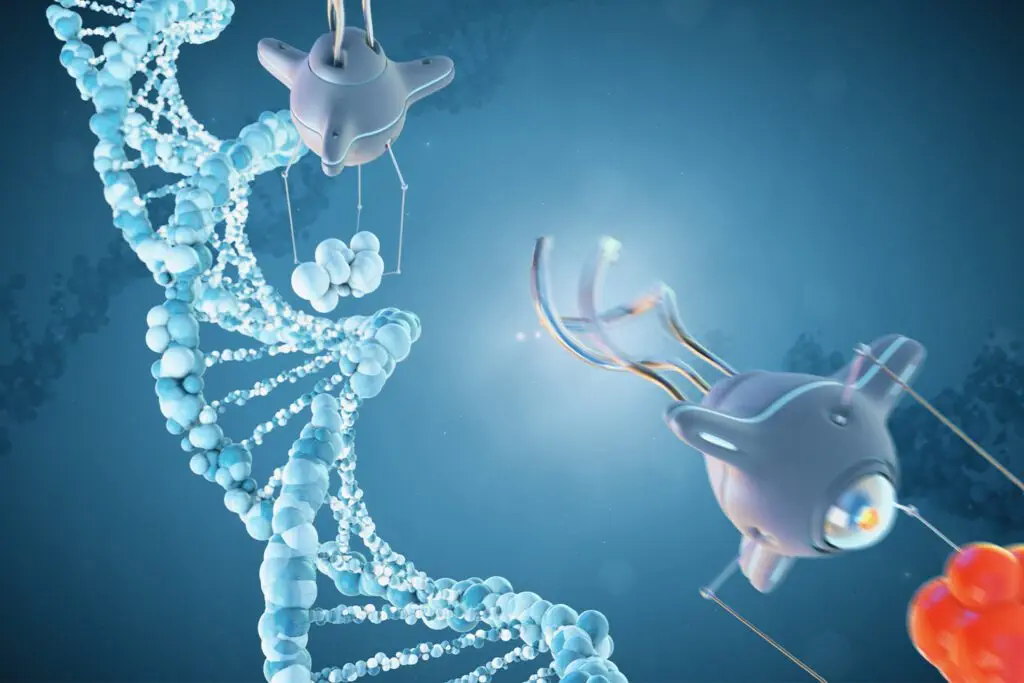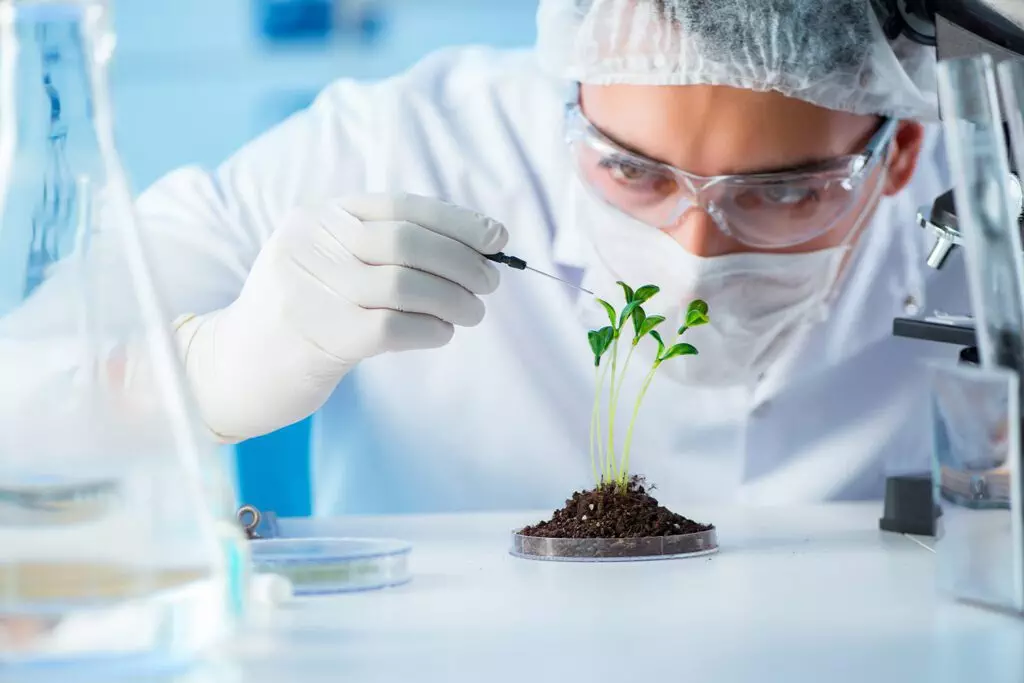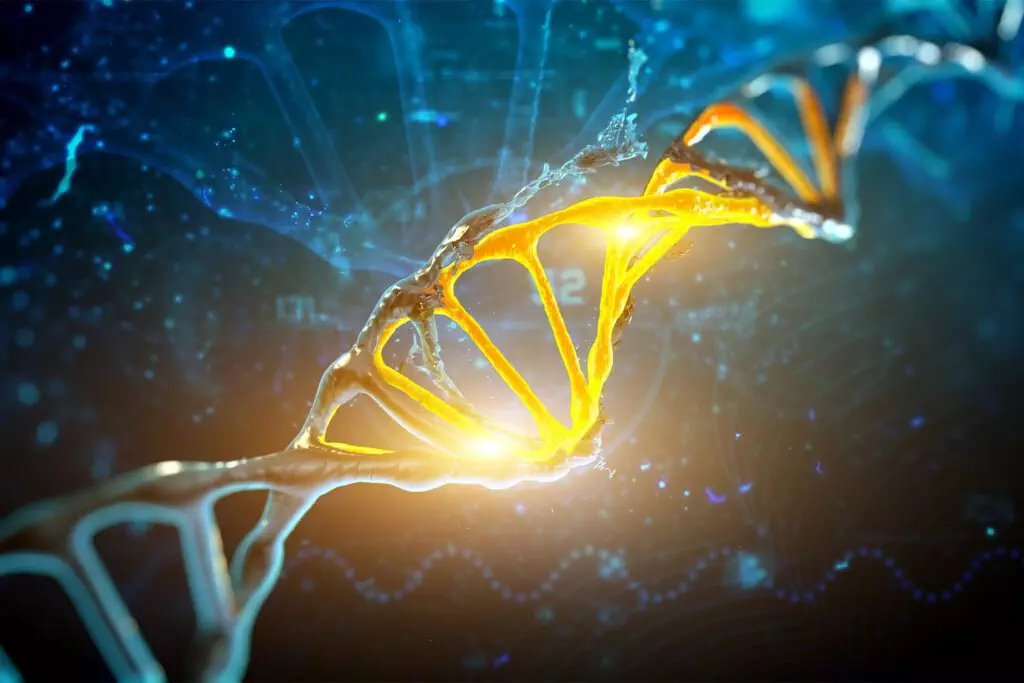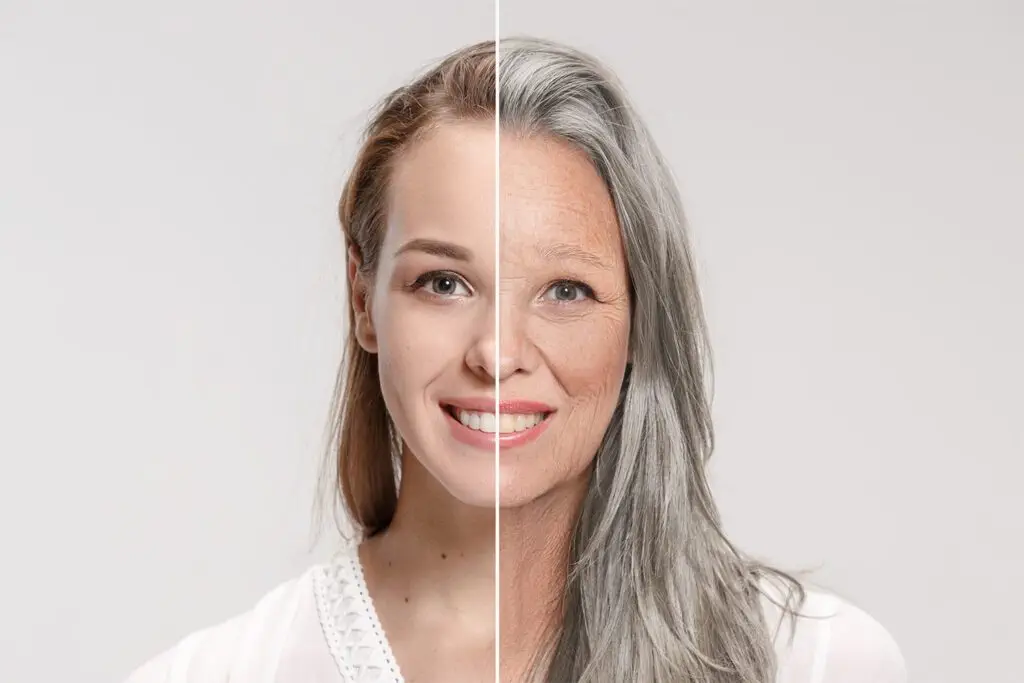Everybody understands the basic premise of deoxyribonucleic acid or DNA. It’s the genetic material that makes you who you are.
Your DNA carries the specific markers that cause your cells to express themselves in the way that they do. DNA molecules are the blueprints for every cellular process in the body. It’s central to the function your body accomplishes every day.
But, like other parts of your body, DNA is not invulnerable. Your DNA, for various reasons, can be damaged or mutated, and that can lead to some health problems. But mostly, DNA damage leads to the effects of aging.
For those of us who are trying to turn back the clock and slow the aging process down, DNA damage can be one of the main things we fight against. But lucky for us, we live in an age where innovative biotechnology has made DNA damage repair possible.
How Does DNA Damage Happen?
There are many different factors that could contribute to the damage of your DNA molecules, and they are relatively common.
DNA damage occurs throughout the body thousands of times per day.
Alkylating Agents
Alkylating agents are one of the most common causes of DNA damage. An alkylating agent can attach a cluster of hydrogen and carbon atoms to your DNA. This can interrupt the DNA replication process, or it could alter the base molecules of your DNA, changing it.
Smoking, gasoline, dyes, pesticides, industrial processing, and even high-temperature cooking can all introduce these alkylating agents into your system. They’re somewhat unavoidable in life, which is part of the reason why DNA damage happens so frequently.
Pollution and Radiation
Various types of pollution, like CO2, as well as certain types of radiation, like UV radiation, can also cause damage to your DNA. Pollution molecules are often bulky and unstable. And UV radiation puts your cells under a lot of stress.
This causes breakages on your DNA, which can cause problems when the DNA is reproducing. If reproduced incorrectly, it can result in a mutation.
Naturally
But oftentimes, there doesn’t need to be an external factor that contributes to the DNA damage. It often happens as a byproduct of natural cell processes. Regular cellular respiration creates reactive oxygen species, which can attack not only the bases of the DNA but also the backbone.
This form of damage alone happens 2300 times per hour in your body.
But sometimes, the DNA simply doesn’t replicate properly. Biological processes are not perfect. They make mistakes. This could be a gap in your DNA where there is no base, or it could be that the bases mismatch. Either way, this causes difficulty in DNA reproduction and could lead to mutation if not corrected
What Are the Symptoms of DNA Damage?
DNA damage can lead to many adverse situations, but the primary result of it is the aging process. We all know what it feels and looks like to age, but this is the first domino that falls in the chain reaction of growing older.
Hallmarks of Age
There are nine hallmarks of aging when it comes to cellular processes, and a few of the big ones have to do with the damage of genetic material.
The first hallmark is genetic instability. Essentially, this means your DNA is not as strong as it used to be, due to the amount of damage it has suffered throughout its life and is more susceptible to damage in the future.
Age can also bring about the shortening or weakening of telomeres. Telomeres are like protective caps on the ends of your chromosomes. Without telomeres, the cell would see the ends of the chromosomes as unassigned genetic material, and it would be destroyed. These telomeres grow weaker with age which can result in damage to the DNA.
In addition, your DNA gets slightly altered with age which could lead to mitochondrial dysfunction and other issues.
Weaker Tissues and Organs
The main thing that this causes is another hallmark of age: cellular senescence. This is a state your cells can enter where their reproductive processes are put on hold, but their metabolic processes continue.
This happens all the time, even in young bodies. It’s a tool your body uses to prevent the spread of cancers and other major diseases. But if enough DNA damage is suffered, the cell goes into senescence prematurely.
If this happens enough times, it can lead to a weakening of tissues throughout the body. This contributes to a lot of the factors of aging that we experience. Weaker musculoskeletal system, organ problems, etc. Weak cells are more likely to be injured and are more susceptible to age-related diseases.
How Can DNA Be Repaired?
Luckily, there are mechanisms for repairing the DNA. Your body is constantly working to maintain the health of its genetic material. By harnessing the body’s natural DNA repair power, we can continue to repair DNA into old age, which can extend lifespan.
Sirtuins
One of the main mechanisms of DNA repair that your body has is a particular gene family called sirtuins. This family of genes regulates various metabolic processes in your cells. But their main function is greater than that.
Sirtuins actually delay cellular senescence and extend the organismal lifespan by regulating cellular processes, protecting the telomeres, sustaining genome integrity, and promoting the repair of damaged DNA.
SIRT6
Obviously, this family of genes is important to study when considering how to help you live longer. The study of sirtuins led to a specific discovery about one of the members of the sirtuin family: SIRT6.
The strength of the SIRT6 gene has been directly linked to the years that an organism lives. Scientists have shown that species with more robust SIRT6 genes live longer than those who have weaker SIRT6 genes.
SIRT6 recruits certain proteins that are helpful in the repair of DNA, and the more DNA repair there is, the longer the organism could live.
Because of its remarkable effects on DNA and aging, SIRT6 has been dubbed “the longevity gene.”
Gene Therapy
What does this all mean? It means if we could strengthen, maintain, or augment the SIRT6 genes, we can delay the aging process. That’s where gene therapy comes in.
Gene therapy for aging works by increasing the availability of this SIRT6 gene in the body so that fewer cells enter senescence. Your DNA is strengthened, and your aging is delayed.
Where Does This Treatment Exist?
The best place to discover the effects of this type of revolutionary therapy is with Gen Flow Biosciences. Their revolutionary compound, GF-1002, utilizes adeno-associated viral vector-based gene therapy, an incredibly effective method of administering gene therapy.
This innovative compound has shown incredible results in the preclinical trial phase and is well on its way to having a successful clinical trial in the coming months. Gen Flow is truly at the forefront of gene therapy for aging.
Conclusion
Now you know that the impossible has become possible. Through the power of SIRT6, we can heal our own DNA. By strengthening and supporting the natural repair processes in our bodies, we can effectively protect and repair our DNA to delay or even halt the aging process.
Through the incredible modern medical technology available, you could add years to your life and keep age-related illnesses at bay for longer. So consider gene therapy. It could help you continue this beautiful life on earth for years to come.
Sources:
‘Longevity gene’ responsible for more efficient DNA repair | University of Rochester
Mechanisms of DNA damage, repair, and mutagenesis | National Institutes of Health











